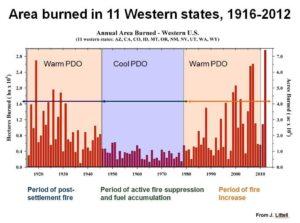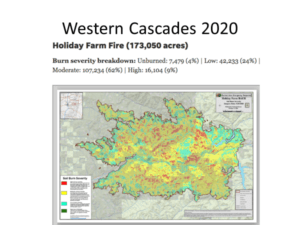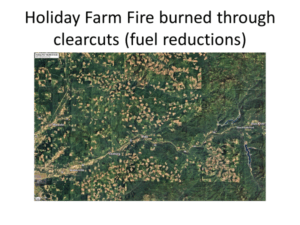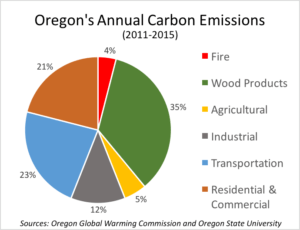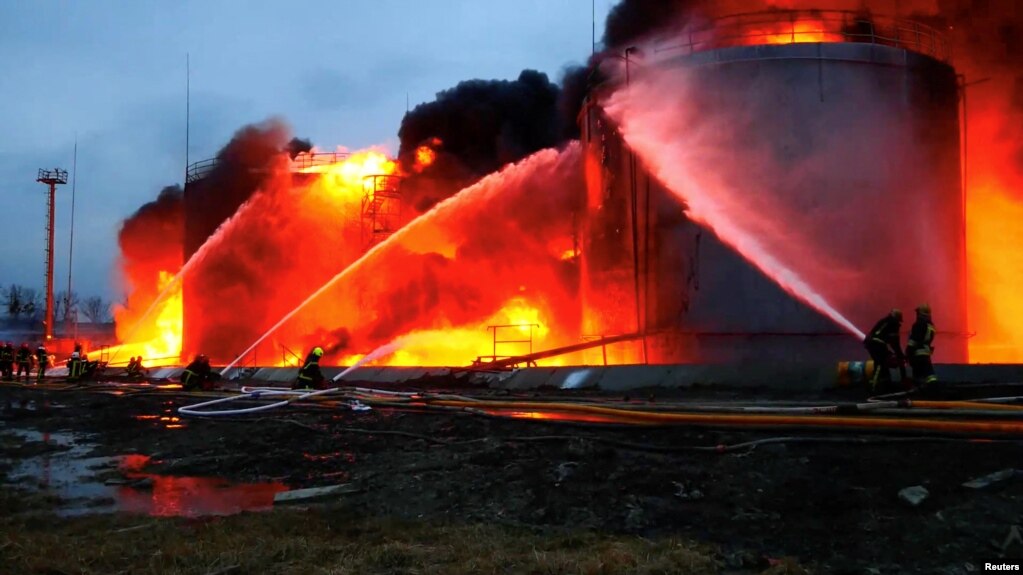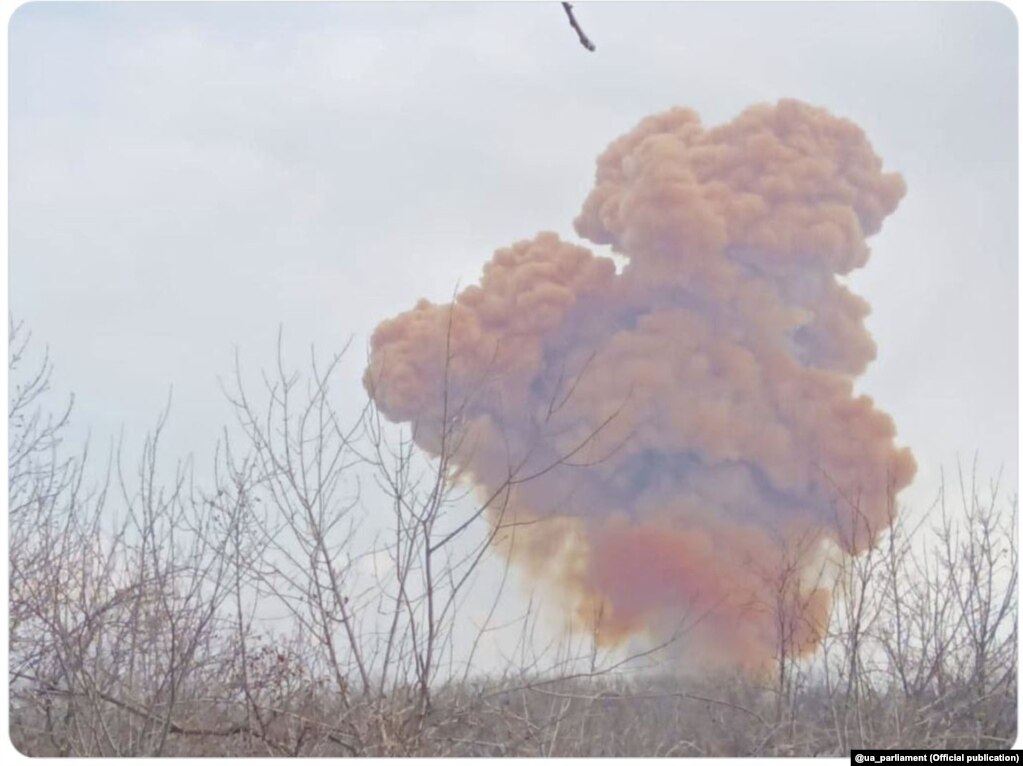Brigitte Bureau -
One of the judges who presided over the court hearings of Freedom Convoy organizers is speaking out after receiving threats considered serious enough to require police intervention, according to information obtained by Radio-Canada and CBC.
The judge in question confirmed that supporters of the convoy from Canada and the United States sent several offensive messages, but the message that prompted police to react threatened their physical safety, the judge said.
CBC has agreed to withhold the judge's identity to protect their safety.
"I thought, should I tell my children not to come home for a while?" the judge said.
"I changed my alarm system. I was advised not to take the same route every day," the judge added. "You feel vulnerable in your house, in your own home."

© Evan Mitsui/CBCPolice enforce an injunction against protesters on Parliament Hill on Feb. 19, 2022.
The judge believes most Canadians respect the justice system, but said a vocal minority is seeking to undermine it.
"It's intimidation. It's trying to influence a court decision, and that's serious," the judge said.
Supreme Court of Canada Chief Justice Richard Wagner expressed similar concerns in a recent speech in Montreal.
"The pandemic has forced many people to live online during lockdowns. And it is at times like these that lies and conspiracies spread like wildfire," Wagner said in French on June 9.
"As we have seen around the world, disinformation poses a real threat to democratic institutions."
The demonstrations that took place in Ottawa this winter stemmed in part from this disinformation, Wagner said. He encouraged people to "inform, instruct and educate" their fellow citizens.
Ministry silent on further threats
Ontario's Ministry of the Attorney General would not say if any other judges have received threats from Freedom Convoy supporters.
"It would be inappropriate for the ministry to comment on a potential or ongoing police investigation," wrote ministry spokesperson Brian Gray in an email to Radio-Canada.
He wrote that the ministry "takes court security and the safety of all those in our courthouses ... very seriously," and that local police or Ontario Provincial Police provide security "to ensure the highest level of protection."
The Ontario Court of Justice and the Ontario Superior Court of Justice both declined to comment, saying it would be inappropriate to do so.
CBC News reached out to a number of key figures of the weeks-long demonstration in Ottawa, but requests for comment were either declined or went unanswered.
No charges have been laid in this matter. It's not known whether the investigation is ongoing at this time, nor would police comment.





